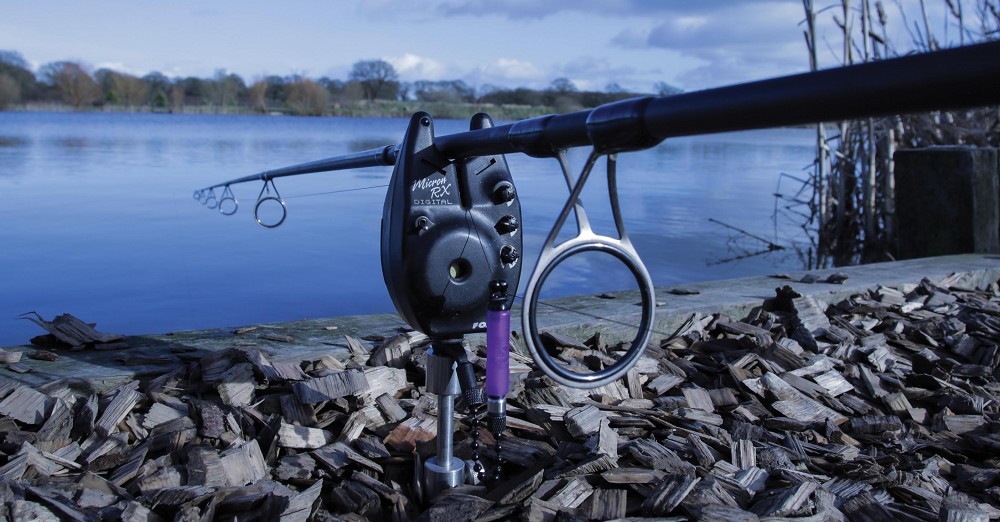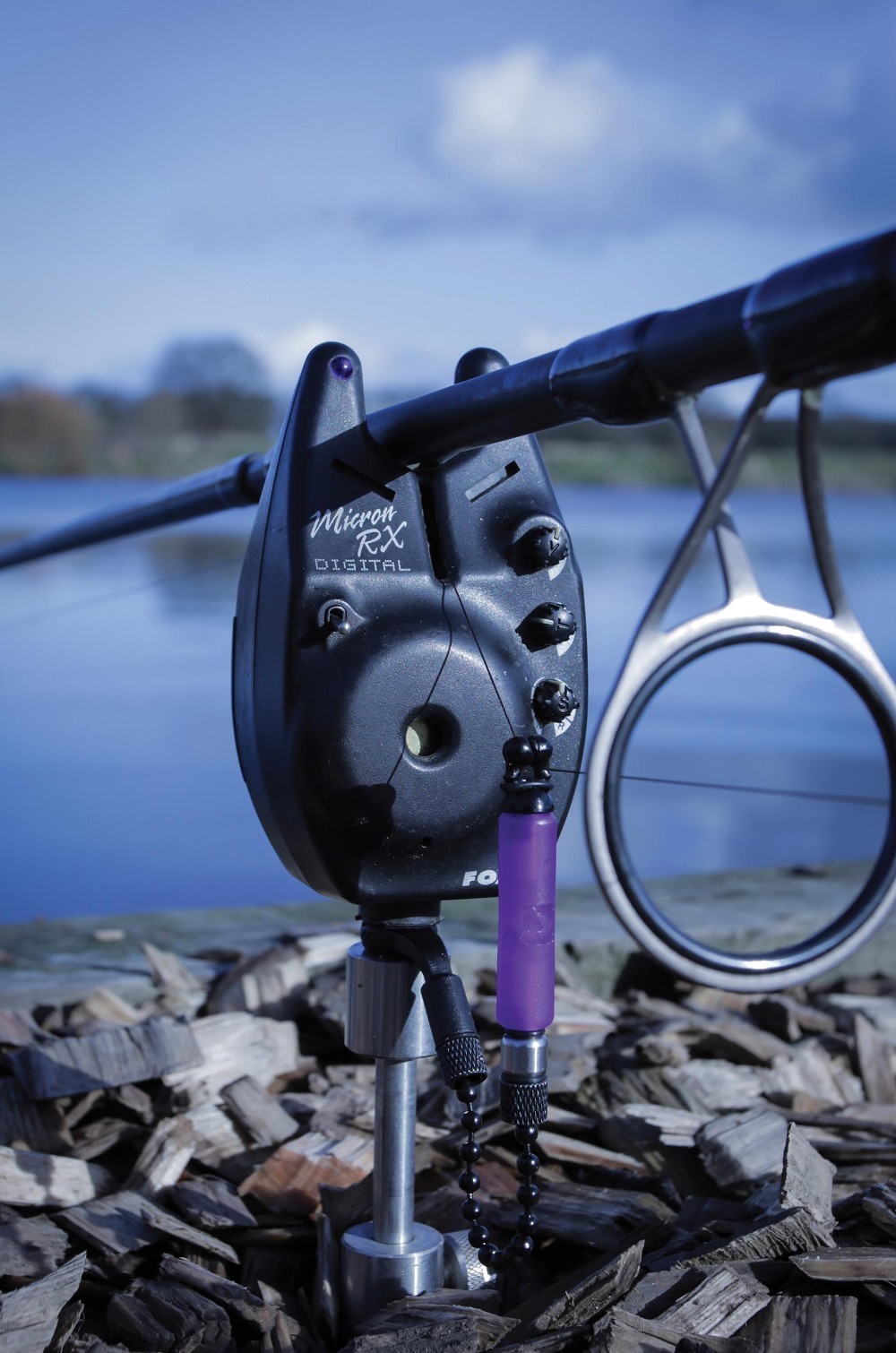
Why you should watch your bobbins
Ellis Brazier offers his thoughts on fishing for liners, and what those lifts and drops on the bobbin actually mean
Unless we are able to actually watch our quarry feeding over rigs and bait either in the margins or by the use of more hi-tech underwater camera equipment, we can never be quite sure what is actually happening under the surface of the water when we fish. We guess, we hope, and we apply past experience in an attempt to create the most efficient situation to try and trip the carp up and give us that all important bite. It really is a game of roulette, no matter how experienced and gifted a carp angler we think we are. I for one enjoy this aspect as much as any other in the pursuit of our quarry and if it were any other way, then I think it would soon become far less enjoyable.
The same process of combining experience with guesswork can apply to the location of carp, especially in the colder months when sightings and feeding displays can be on the thin side to say the least. Unless we are fully in-tune with the venue being targeted, cold water carp can be a harsh target to locate, even when we have a hunch at their preferred place of residence. We as carp anglers in this situation are relatively blind. Or are we?!
Fishing for liners
A number of years ago (about half a lifetime) I was making my way around a particularly tranquil water that I had unbelievably managed to get a ticket for. It held some of my Home County’s largest residents and as a result, had some of the most experienced, but not always that friendly big fish anglers gracing its banks. The weather was cold being late February with a biting wind and no obvious signs of life in any of the areas that I had searched. As I came into an area known as The Shallow Pool, I came across one of two brothers who had quite a reputation for their angling prowess and had a very impressive big fish capture list.
He was questioned as best as I could in my friendly but obviously over-keen manner, but there was not much information coming back. I must admit I was quite surprised to see him with his rod tips slightly raised and no backleads on. My own angling was dictated by backleads at this time, as they were relatively new on the scene and an obvious advantage in my quest for big clever carp. As I turned to leave, I went straight for the jugular and asked him why he wasn’t using backleads in such a sensitive area of the lake. “I’m fishing for liners,” came the reply. His next answer to my “but won’t that scare them?” retort slowly sowed a seed for years to come: “I need to know where they are before I can scare them.”
To conclude this hefty lesson in angling technique, and before I had even left the lake, my newfound un-talkative friend had landed one of the largest residents shortly after a series of deliberate line bites that caused him to recast to a slightly shorter distance. The penny had started to drop.
Indicators: Our connection with down below
It has now been my standard practice for many a year to try to evaluate as much information as I can from my bite indicators during a session. At the end of the day, they aren’t called ‘bite indicators’ for no reason! The day this feature was shot, it was a cold February day and although the water was quiet and I was able to get the choice of swim that I had hoped for, I was still dubious of action. Even though I am familiar with this venue, due to the white frosty grass that I set-up on, I knew that getting a bite in these conditions would be tough going.
The swim gave me access to the open water area of the lake where carp normally seek sanctuary in the colder weather, but this area is still quite a few acres of water and the bulk of the carp needed to be located accurately to be in with much of a chance.
As I weighed the situation up before casting, I guessed that if the carp were present in front of me, with the swim occupied to my right, the bulk of the fish should have moved to the quieter left-hand side of open water, away from the disturbance of the fished swim. Three roving rods were cast around 10 to 20yds past where I would expect the fish to be.
After the line was sunk, I left a long and deliberate drop on the weighted bobbins. It took around twenty minutes for the first sign of life to make its presence known and a steady rise on the right-hand bobbin that left it trembling and gave me an early indication as to where my quarry was grouped up on this cold but unusually dry winter’s morning.
To my surprise, and opposite to where I expected, the lift on the bobbin came from the right-hand rod, signalling that I was over and past the carp and they were in fact closer to the occupied swim next-door. Two slightly shorter recasts later and with both the middle and right rod now tram-lined towards the right-hand side of the swim, the baited rigs were in an area where the indicators signalled some signs of life.
To summarise on the day’s events, steady action followed with four fish in total to 25lb 7oz until the carp shut up shop as the temperature fell. In the end a fish was managed from the expected left-hand side of open water, but the early indication of movement on the other side of the swim proved to be the game changer.
The moral to this little tale being that my experience of the venue put me in the right area, but by ‘feeling around’ for line bites I caught carp from an unexpected area within the swim.
Line bite theory
As we have discussed, fishing for line bites is a tactic that you have to work hard at and personally is one that I use frequently in both cold and warm water. My preference is for a free hanging bobbin (bath chain style) with some weight attached according to distance out of the rig is being fished.
I have been helping test the new Avid BoBBins which have a really clever line clip to help with bite registration. One of the clips is a Yin-Yang shape which allows you to pinch the line ‘Stow’ style for more registration of lateral movements. I team this with different chains and weights depending on the situation. In short, the closer in I fish, the longer the chain, the lighter the bobbin and the more likely I am to use the Yin-Yang clip to trap the line. If I’m further out then more weight, a shorter chain and standard clip set-ups are ideal. The Avid BoBBin kit all comes in a neat little box that fits beautifully into most tackle boxes, so I can change it over quickly.
A number of observations have interested me over the years and have proved helpful in the equation of interpreting where the carp are in relation to the rig. The speed of line bite I generally find relates heavily to the distance the fish are from the rod tip. A quick up and down of the bobbin generally means my quarry is fairly close to me and a shorter cast may be in order. More deliberate and slow movements up and down can be interpreted as fish moving further out, which is why I like to almost fish backwards if that makes sense. I appreciate that the speed of the fish hitting the line and obstacles between your rod tip and the rig such as bars and weed etc. will all have a bearing and should be considered. In fact, the swim fished for this feature had a clay bar at around thirty-yards out that can dilute a lot of the sensitivity out of the bobbin movement, but once this has been slightly counteracted by rod tip elevation and a rather more exaggerated drop on the bobbin, then the movement will still be picked up.
So if you are an avid slack-liner or a fanatical tight-liner, why not give some thought to the fun and excitement you could bring to a quiet day by watching those bobbins for line bites?! No, joking apart, liners are a glance into the unknown and can help to tell you what is going on under the surface.





